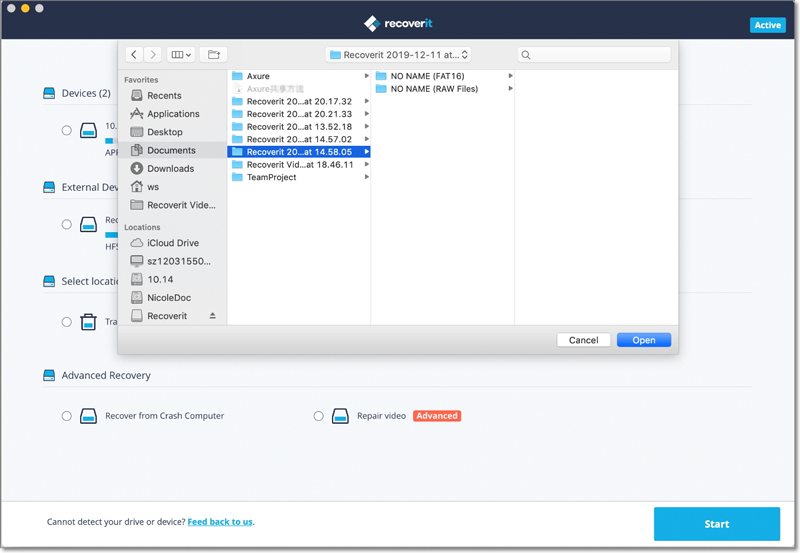

This is the reason why SSDs are not suited for archival purposes as the worn out drives (that have exceeded their endurance rating) start to lose data typically after one (if stored at 30 ☌) to two (at 25 ☌) years in storage. SSDs store data in electrical charges, which slowly leak over time if left without power. Batteries can be employed as integrated power sources in such devices to retain data for a certain amount of time after external power is lost. SSDs may be constructed from random-access memory (RAM) for applications requiring fast access but not necessarily data persistence after power loss. It is a type of non-volatile memory that retains data even when power is lost. In 2017, most SSDs use 3D TLC NAND-based flash memory. The price of SSDs has continued to decline over time but SSDs are in 2018 are still more expensive per unit of storage than HDDs and are expected to continue to be so into the next decade. SSDs are typically more resistant to physical shock, run silently, have quicker access time and lower latency compared to electromechanical devices. This makes them different from conventional electromechanical drives such as hard disk drives (HDDs) or floppy disks, which contain movable read/write heads and spinning disks. There are no moving mechanical components in SSD. New form factors such as the M.2 form factor, and new I/O protocols such as NVM Express have been developed to address specific requirements of the Flash memory technology used in SSDs. Form-factors and protocols such as SATA and SAS of traditional hard disk drive (HDD) may be used by SSD, greatly simplifying usage of SSDs in computers. SSD is also known as solid-state disk although SSDs do not have physical disks. Solid-state drive (SSD) is a solid-state storage device that uses integrated circuit assemblies as memory to store data.

Program for Binary To Decimal Conversion.Program for Decimal to Binary Conversion.Difference between 32-bit and 64-bit operating systems.Random Access Memory (RAM) and Read Only Memory (ROM).Difference between Multiprogramming, multitasking, multithreading and multiprocessing.Difference between Multiprocessing and Multithreading.Difference Between Multithreading vs Multiprocessing in Python.



 0 kommentar(er)
0 kommentar(er)
